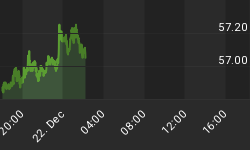Our real time recession indicator is constructed from various leading economic indicators and two pricing models. The indicator continues to show that the US economy is NOT in a recession. However, 2 out of 6 components continue to show weakness in the economy.
The following data is used in the construction of the indicator: 1) Aruoba-Diebold-Scotti Business Conditions Index (ADS); this is from the Philadelphia Federal Reserve and it is designed to track real macroeconomic activity at a high frequency; 2) the Chicago Fed National Activity Index (CFNAI); this is from the Chicago Federal Reserve, and it uses 85 different variables in its computation; 3) There are two components from the Economic Cycle Research Institute the Leading Economic Indicator (LEI) and Weekly Leading Index (WLI). Two pricing models are used. One is the Faber model, which looks at price in the SP500 relative to its simple 10 month moving average. The second is proprietary, and it looks at price relative to past pivot points and trend lines formed by those pivot points. The final composite indicator is shown in figure 1, a weekly chart of the SP500.
Figure 1. Real Time Recession Indicator

A close below SP500 1200 would put our pricing model into recession territory. A monthly close below SP500 1500 would put the Faber model into recession territory. Our proprietary pricing model is based upon pivot points or swings in the markets. The SP500 has been straight up for about year, and I suspect there will be a long period of digestion to consolidate the past year's gains. This will bring our model in line with the Faber model.
In any case, for our present purposes, the data is not consistent with a recession. However, the indicators are not strong either.















